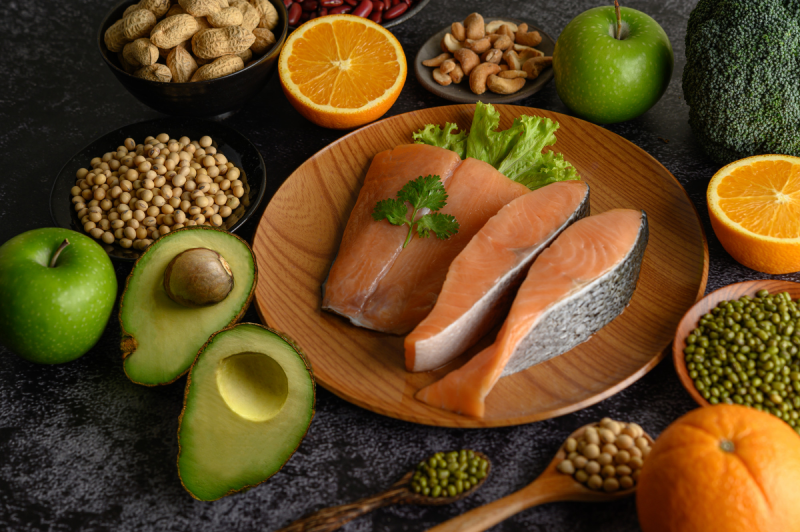When we talk about liver diseases, what immediately spring to mind are viral hepatitis, cirrhosis or even cancer. But there is another disease still largely unknown, called NASH, which has taken on frightening proportions in Western countries. DietSensor explains it all for you.
What is NASH?
Non-alcoholic fatty liver diseases (NAFLD) represent a spectrum of disorders ranging from simple steatosis to more severe NASH or even cirrhosis and liver cancer. But what is rather surprising is that these diseases are not linked to excessive alcohol consumption or viruses. They are only associated with diet!
Simple steatosis is characterized by an accumulation of fats in liver cells (just like duck foie gras). It is the first stage before NASH and is generally benign. However, in a subset of individuals, the liver cells develop inflammation, and that’s when we talk about non-alcoholic steatohepatitis, also known as NASH. According to experts, NASH is very closely linked to the global epidemic of obesity and diabetes, and like other chronic hepatitis, it can potentially progress to cirrhosis and even cancer!
What causes NASH?
The evolution of simple steatosis to NASH is a complex process, caused by the interaction of several genetic and environmental factors. Insulin resistance together with pro-inflammatory mediators are believed to play a major role in the pathogenesis of NAFLD. Here are the different stages in the evolution of NAFLD. Stages 1 and 2 are reversible, but stages 3 and 4 are not; and that’s when it becomes dangerous as there is no treatment to date other than a liver transplant.

A growing phenomenon…
In 2015, the number of NAFLD cases in the Unites States alone, is estimated at around 80 million, with more than 15 million NASH cases. According to senior epidemiologist Chris Estes, the number is expected to rise even more, based on his forecasting model.

Since the disease has no symptoms, there are many cases go undetected!
Here are a few helpful tips…
Weight loss through a well-balanced diet and regular physical activity, remains the cornerstone of NAFLD management.
- Avoid sugary drinks especially sodas, industrial juices (contain high fructose corn syrup), and even iced teas!
- Choose low GI carbohydrates. Read our article Spotlight on the glycemic index: A good guide to good carbs
- Choose your fats wisely. Reduce intake of red meat, deli meats, pastries, etc. Oily fish, however are excellent as they contain omega-3 fatty acids (which is anti-inflammatory). Look for good fats such as avocado, nuts and seeds in general (Watch out the portion as well as they are caloric).
- Engage in a regular physical activity (at least 150 minutes per week for moderate activity)
- See your doctor regularly (even when you’re healthy!). Check-ups are important in the prevention and early detection of diseases, especially those without symptoms.
Prevention is better than cure!
The DietSensor application is not exclusively for people with chronic illnesses. Rather it may help to prevent the onset of such diseases, for instance NASH – by accompanying you at each and every meal to make wise decisions about your food choices!
If you haven’t already downloaded the DietSensor app, we highly recommend you do it!




